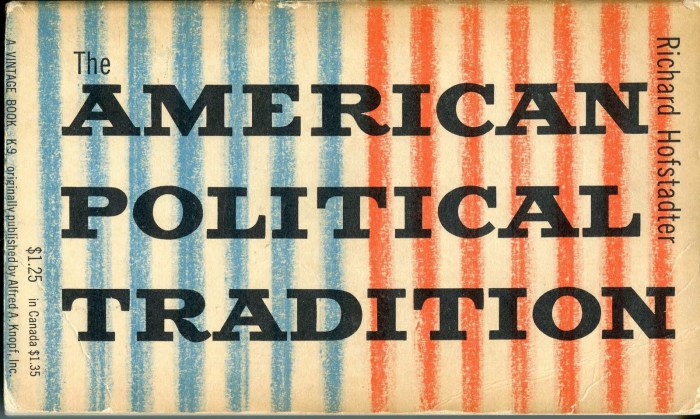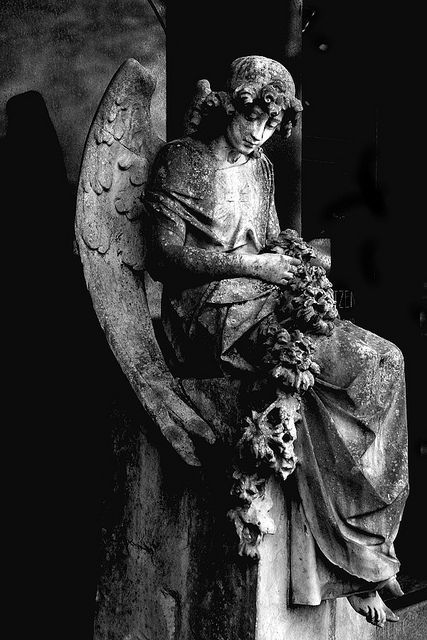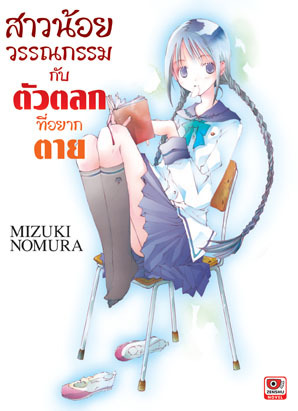
Richard Hofstadter is undoubtedly one of the great figures in the American historical canon. The American Political Tradition (1948), The Age of Reform (1955), Anti-intellectualism in American Life (1963), and The Paranoid Style in American Politics (1964) are works that all American history students encounter. It was wonderful, then, to have Hofstadter’s former student Professor Eric Foner (a giant in the field of American history in his own right) talk at UCL on 12 June 2017 about Hofstadter’s life and work, along with the university’s own Dr Nick Witham and Dr Adam Smith. The discussion examined two key areas. First Foner talked about Hofstadter as a man, his personal and intellectual development, and how he saw the place and purpose of his historical writing. He then considered Hofstadter as an example of, for lack of a better term, ‘public engagement’ for historians. Much of the discussion focused on how the intellectual landscape has changed since Hofstadter’s death and how historians can engage publically in this new world as effectively as he did in the mid-century United States. The question of how Hofstadter’s work can be interpreted in the age of Trump was also never far from the conversation.
Professor Foner began his discussion by detailing Hofstadter’s intellectual development. He afforded particular importance to Hofstadter’s coming of age during the Depression and his involvement with Marxist politics. Hofstadter, never the most doctrinaire party member, left communism in the late nineteen-thirties disgusted with the Molotov-Ribbentrop non-aggression pact. According to Foner, the Second World War had a deep effect on Hofstadter, as it did for much of the Eastern Jewish Intelligentsia of that generation. Observing Stalinist Communism’s failure to take Hitlerian Fascism seriously and watching the horror of the Second World War led Hofstadter to a kind of anti-party, anti-popular politics ideology. With the exception of campaigning for the failed presidential bid of Adlai Stevenson in 1952, Hofstadter embraced an indifference to party politics. While disinterested in parties Hofstadter had a strong fascination for American politics but also a concern about mass politics. He feared ultimately that credulity, nativism, and paranoia could irreparably damage the country.
Hofstadter’s fear of mass democracy, and his desire to influence politics was for Foner one of the chief reasons for his historical output. In his early career, Hofstadter was a follower of Charles and Mary Beard’s school of materialist history, writing on Southern sharecroppers, and Darwinism in the United States. However, The American Political Tradition, Foner argued, represents a change in Hofstadter’s historical work. Getting away from Beardian materialism, The American Political Tradition advocates a consensus history of the United States. However, unlike Daniel Boorstin’s The Genius of American Politics (1953), The American Political Tradition presents politics in the United States as staid and backward-looking. In Hofstadter’s view, consensus was for American politics a bind to slow development rather than a source of strength.
This characterisation of US political culture as presented in The American Political Tradition carries on into Hofstadter’s next three works: The Age of Reform, Anti-Intellectualism in American Life, and The Paranoid Style. In each of these books, Hofstadter searched for clues to how American politics of the Cold War era had developed. He took particular interest in the illiberal tendencies of both the right and the left in the United States, particularly McCarthyism; but as Foner noted, Hofstadter was also concerned about what he saw as the New Left’s assault on academic freedom, in its decision to challenge the separation of universities from politics. The Age of Reform presented the 1890s populist movement as a collection of scapegoating backwards-looking farmers who blamed capitalists and Jews for their declining economic fortunes. Anti-Intellectualism in American Life searched for the origins of American anxiety about intellectuals as a class (a class Hofstadter undoubtedly belonged to) and their influence on politics; while The Paranoid Style tried to explain the rise of Barry Goldwater as the Republican nominee in 1964, and the emergence of ultra-reactionary groups like the John Birch Society. It was the American tradition of paranoia and conspiracy theories that Hofstadter examined, and which he used to explain not only Goldwater and his ilk but also Cold War McCarthyism.
Hofstadter’s work on American popular politics leads us to the second part of last week’s discussion. Foner outlined a problem with how Hofstadter’s work, particularly The Paranoid Style, has been used by journalists and commentators. He argued that Hofstadter did not wish simply to dismiss political opponents as cranks and lunatics, nor did he want to reject their ideas out of hand. Foner expressed his fear, particularly in the age of Trump, that people would use Hofstadter to tar all supporters of the president as paranoid xenophobes, rather than engage with their ideas.
The popular use of Hofstadter was a clear theme for the evening and both Foner and Nick Witham spoke very insightfully about Hofstadter’s position in the post-war United States. Both scholars agreed Hofstadter was an incontestable intellectual, and belonged to a community of Eastern, mostly Jewish intellectuals during his life. However, Hofstadter saw a duty (or perhaps felt a need) to engage with the public. Throughout his life he wrote for topical journals and publications. As Witham pointed out, Hofstadter’s public role benefitted greatly from his personal and professional relationship with publisher Alfred Knopf, and his ability to write books that appealed both to the historian and the intelligent lay reader.
The afternoon concluded with a very useful discussion about how the public role of historians has changed since Hofstadter’s period, and how we as twenty-first-century scholars can engage a wider public. Knopf’s age of the interested intellectual editor-publisher is over, Foner says. Popular historians working today, including David McCullough and Doris Kearns Goodwin, do not come from academia; theirs are histories of personalities made for entertainment, not explanations of the past designed to illuminate the present. It is up to academic historians to make sure their views are taken into account when public points and arguments are made or had over history. There may no longer be the kind of readership, or publishing market, or access for many young historians, to published media as there was in Hofstadter’s age. However, to quote Foner, ‘The internet is infinite…isn’t it?’ There are still opportunities (albeit largely unpaid) for historians to circulate their ideas. As such, Hofstadter’s example as a historian who wanted the academy to help the public interpret topical events is still useful and necessary for scholars today.
David Tiedemann is a third-year PhD student at UCL History, working on British and American participation at world’s fairs in the late nineteenth century. He can be found on Twitter @closetamerican, and blogs about American history alongside other PhD students in the department at The Young Americanists.
Advertisements Share this:





